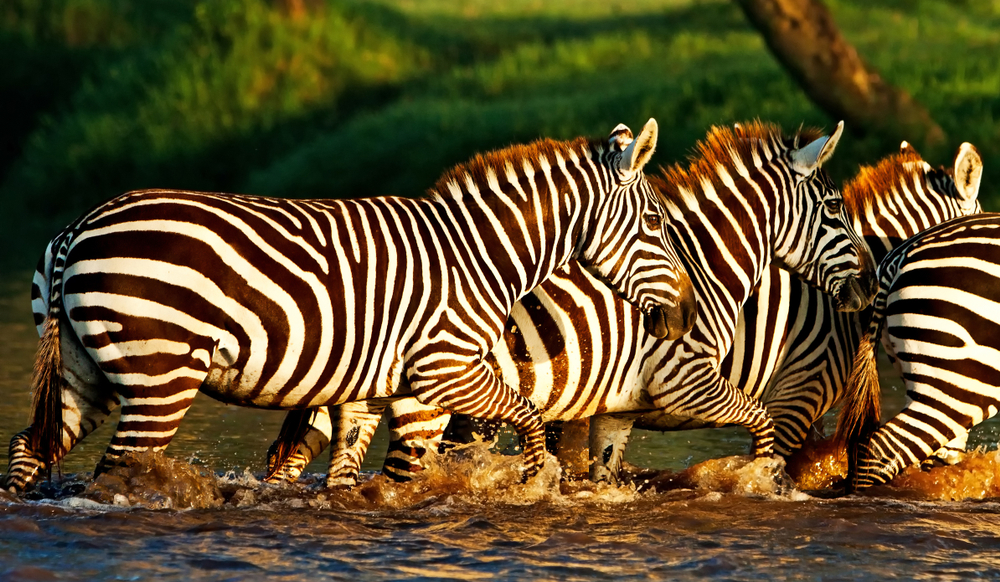Ruma Overview
Located in Homa Bay County, Kenya, Ruma National Park (locally known as “Nyiramba,” meaning “the place of the tall tree” in Luo) is a hidden gem that offers a unique blend of natural beauty and wildlife diversity. Established in 1966 as Lambwe Valley Game Reserve and later gazetted as a national park, Ruma is the only park in Kenya’s Nyanza region. It is celebrated for its rare and endangered species, tranquil landscapes, and cultural significance, making it a must-visit destination for nature and wildlife enthusiasts.
One of Ruma’s most iconic features is its role as the last remaining sanctuary for the critically endangered roan antelope in Kenya. Visitors can also spot other species such as the Jackson’s hartebeest, Rothschild’s giraffe, impalas, and leopards. The park is a birdwatcher’s paradise, home to over 400 bird species, including the globally threatened blue swallow, which migrates from Europe to nest here.
Ruma’s landscape is a breathtaking mix of undulating hills, vast grasslands, and patches of woodland. The park is bordered by the Kanyamwa Escarpment to the south and the volcanic Ruri Hills to the north, creating a scenic backdrop for photography and exploration. Visitors can enjoy game drives, guided nature walks, and picnic sites that offer a chance to unwind while surrounded by nature’s tranquility.
The park faces several conservation challenges, including habitat degradation and human-wildlife conflicts arising from encroachment and illegal activities. However, the Kenya Wildlife Service (KWS), in collaboration with local communities, has implemented measures such as fencing, anti-poaching patrols, and community awareness programs. These efforts have significantly improved the park’s ecosystem and strengthened the protection of its unique species.
Whether seeking to marvel at the rare roan antelope, explore diverse landscapes, or immerse yourself in Kenya’s rich biodiversity, Ruma National Park promises an unforgettable experience. Its remote location adds to its charm, offering a peaceful retreat for those looking to connect with nature away from the crowds.

















































































